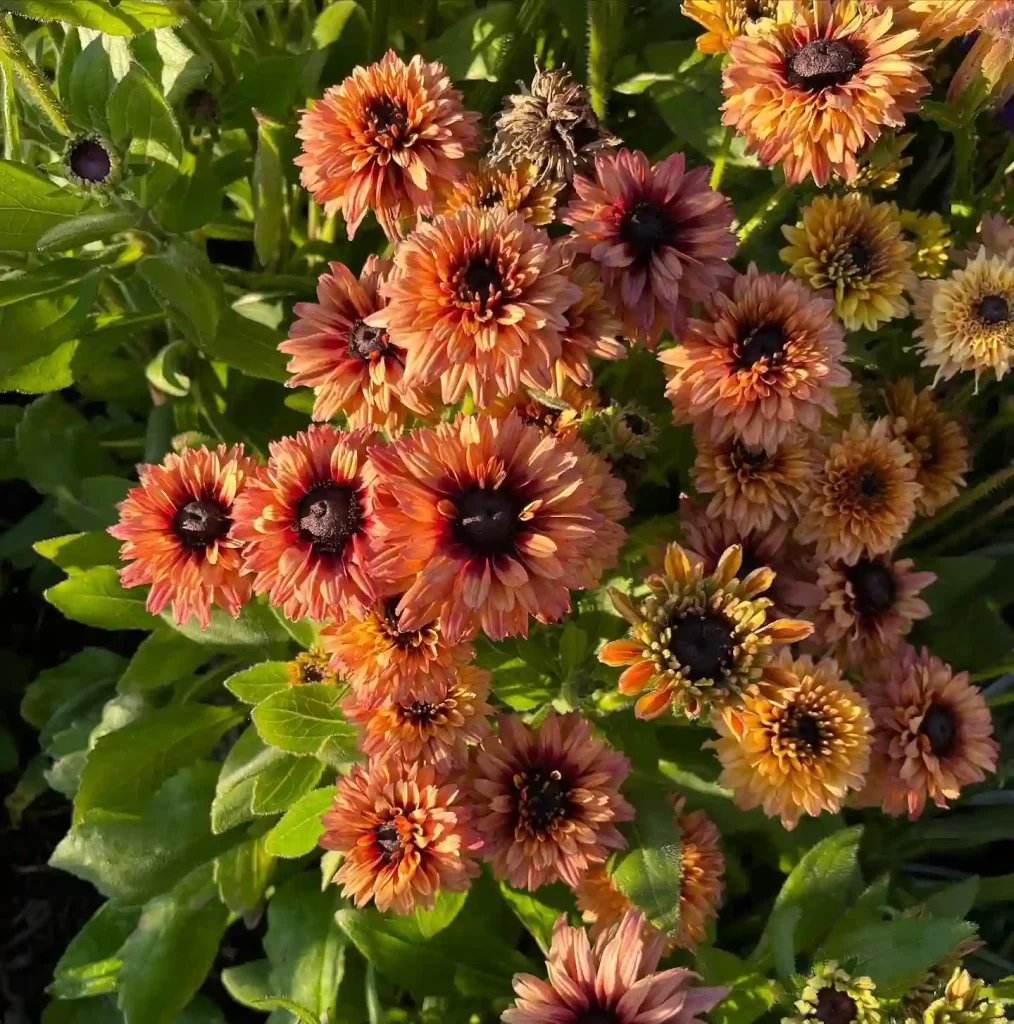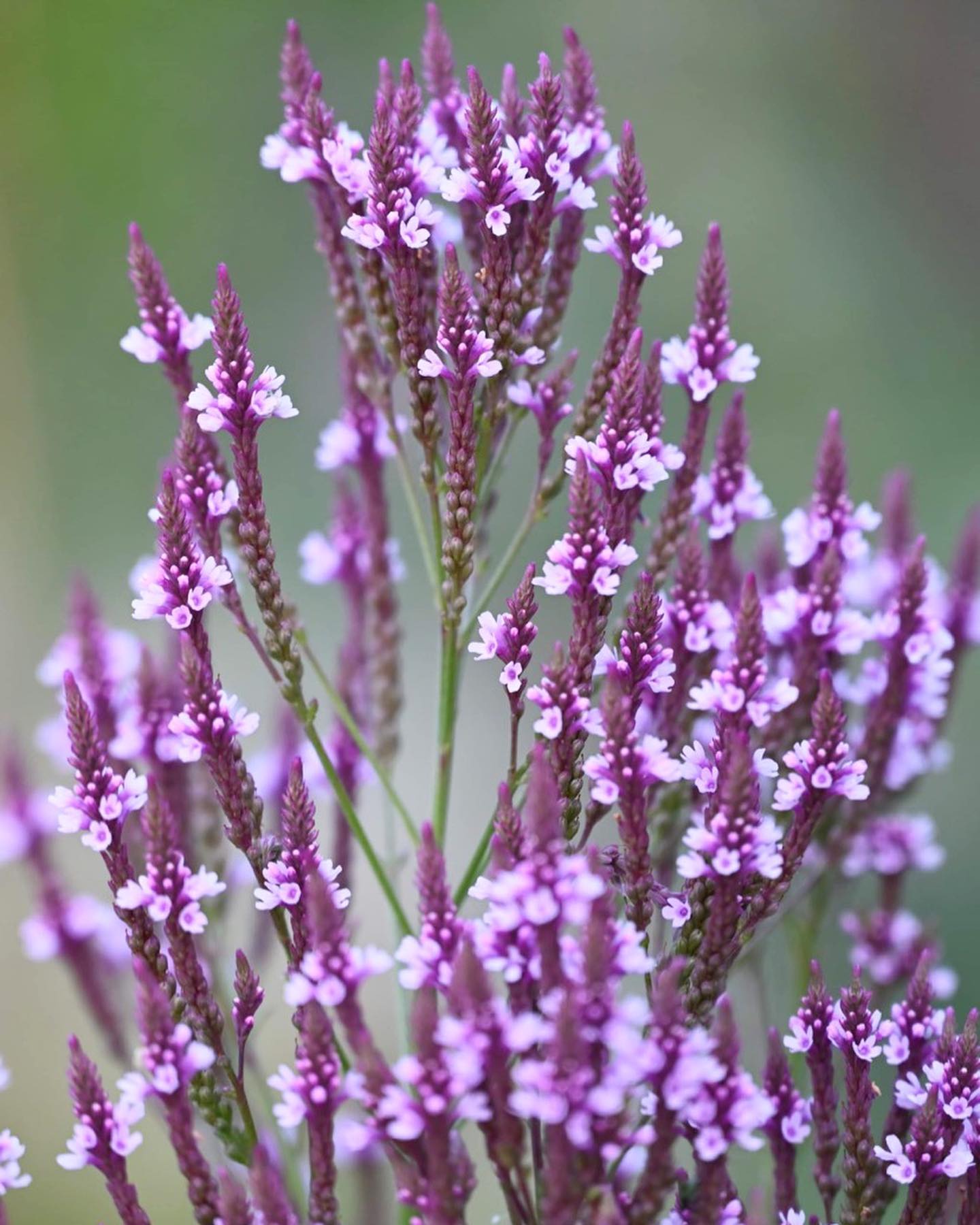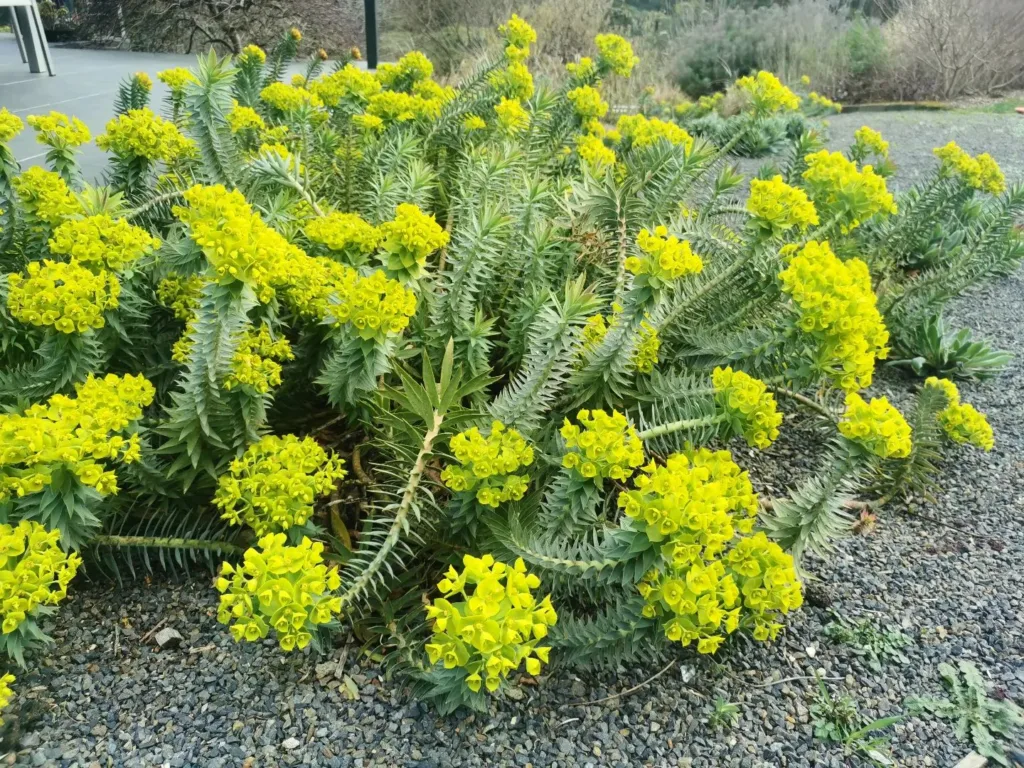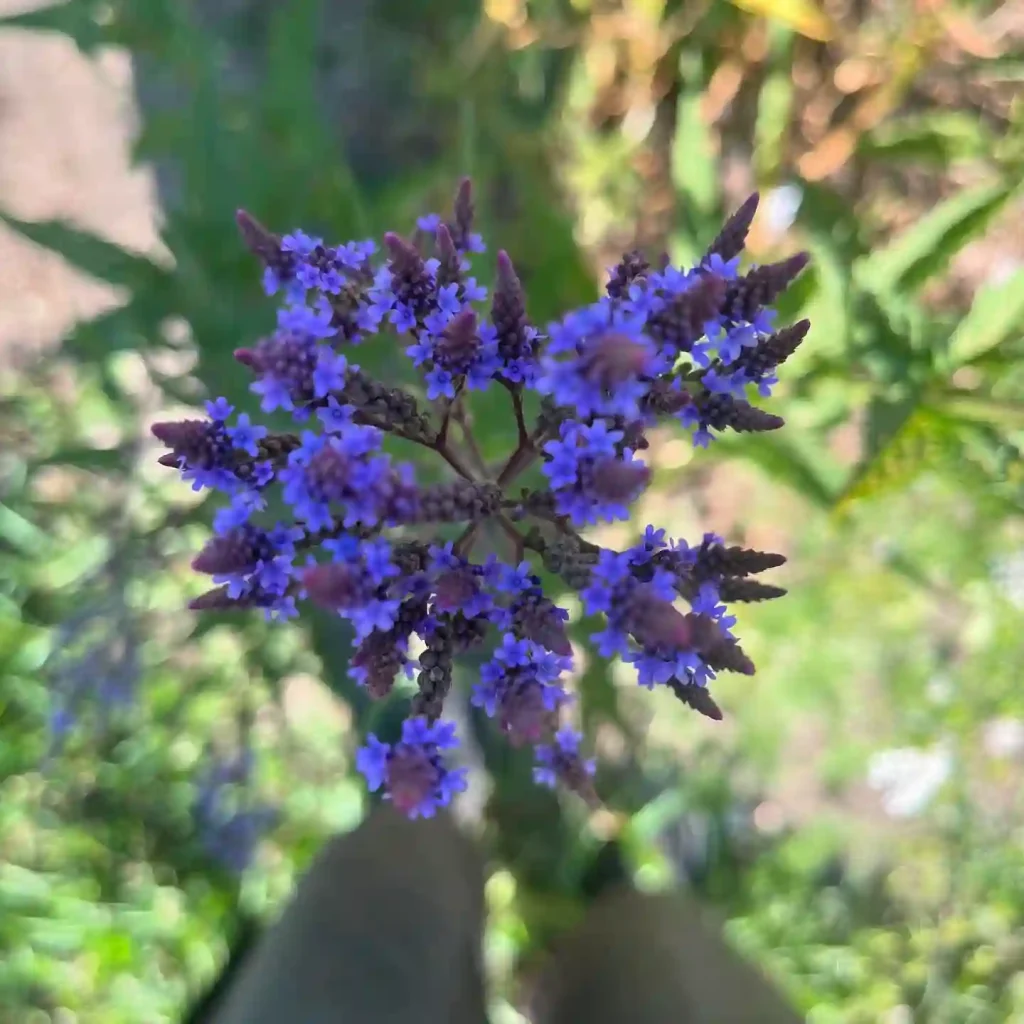FAQs About Arctostaphylos John Dourley
I’ve been growing various Arctostaphylos species for years, but Arctostaphylos John Dourley has quickly become one of my favorites. It’s a versatile and attractive plant that serves multiple purposes in the garden. Below are some of the most frequently asked questions about this stunning manzanita, along with my personal insights.
78 Species in Genus Arctostaphylos
What is Arctostaphylos John Dourley?
Arctostaphylos John Dourley is a low-growing evergreen shrub known for its dense foliage and colorful appeal. This manzanita variety is a hybrid, typically reaching about 2-3 feet in height and spreading up to 5-6 feet wide. Its leaves start off with a bronze color that matures into a soft gray-green, creating a beautiful contrast against the reddish-brown bark. In the spring, it produces clusters of small, pinkish-white bell-shaped flowers, which are followed by red berries in the summer.
How to Care for Arctostaphylos John Dourley?
Caring for Arctostaphylos John Dourley is relatively easy, especially if you’re aiming for a low-maintenance garden. Here’s what I’ve found works best:
- Soil: This plant thrives in well-drained soil. Sandy or rocky soils are ideal, as they mimic the plant’s native environment. I avoid planting it in heavy clay soils unless they’re amended with organic matter to improve drainage.
- Watering: Once established, Arctostaphylos John Dourley is drought-tolerant. However, during the first year after planting, I make sure to water it regularly to help the roots establish. After that, I water only during extended dry periods.
- Sunlight: Full sun is crucial for this manzanita to thrive. It can tolerate some light shade, but too much shade may result in leggy growth and fewer flowers.
- Pruning: I don’t prune this plant often, but when I do, it’s to maintain its shape and remove any dead or damaged branches. Late winter or early spring is the best time for pruning.
- Fertilizing: This plant doesn’t require much in the way of fertilizer. In fact, too much fertilizer can harm it. I might add a little compost around the base in early spring, but that’s about it.
How to Propagate Arctostaphylos John Dourley?
Propagating Arctostaphylos John Dourley can be done by seed or cuttings, though I’ve had more success with cuttings.
- By Cuttings: I take semi-hardwood cuttings in late summer. These are stems that are neither too green nor fully woody. I use a rooting hormone to encourage root development, then plant the cuttings in a well-draining mix of sand and perlite. It’s important to keep the soil moist but not waterlogged, and I cover the cuttings with a plastic bag to maintain humidity. After a few months, the cuttings should start to root.
- By Seed: Growing from seed is more challenging and requires patience. The seeds need to go through a process called scarification, which involves weakening the seed coat. In nature, this is done by passing through a bird’s digestive system. At home, I mimic this by lightly sanding the seeds and soaking them in hot water for 24 hours before planting. Even with this method, germination can take several months.
What to Plant with Arctostaphylos John Dourley?
When it comes to companion plants, I look for those that share similar growing conditions—drought-tolerant and prefer full sun.
- Ceanothus: Also known as California lilac, Ceanothus pairs well with Arctostaphylos John Dourley. Both have similar water and soil requirements, and the blue flowers of Ceanothus contrast beautifully with the manzanita’s foliage.
- Salvia: Salvias add a splash of color and attract pollinators like bees and hummingbirds. They thrive in the same dry, sunny conditions as Arctostaphylos.
- Lavender: Another great companion, lavender’s silver foliage and purple flowers complement the bronze-green leaves of Arctostaphylos John Dourley. Plus, it’s just as low-maintenance.
How to Use Arctostaphylos John Dourley in the Landscape?
In my garden, Arctostaphylos John Dourley serves multiple purposes. Its low-growing, spreading habit makes it an excellent ground cover. I’ve planted it on slopes to control erosion, where its dense roots help stabilize the soil.
It’s also perfect for rock gardens or dry borders, where its evergreen foliage provides year-round interest. The reddish-brown bark adds texture and color, especially in the winter months when many other plants are dormant.
Is Arctostaphylos John Dourley Toxic?
One of the most common concerns about plants is whether they’re toxic, especially if you have pets or small children. From my research and experience, Arctostaphylos John Dourley is not toxic. The berries are edible, though they’re not particularly tasty for humans. Birds, however, love them and will often flock to the plant when the berries are ripe.
Final Thoughts
Arctostaphylos John Dourley is a standout in any garden. It’s tough, beautiful, and versatile, fitting well into a variety of landscape designs. Whether you’re looking for a ground cover, a focal point, or a plant to attract wildlife, this manzanita won’t disappoint. Plus, its low-maintenance nature means you can enjoy its beauty without a lot of work. If you’re considering adding Arctostaphylos John Dourley to your garden, I say go for it—you won’t regret it.
If i die, water my plants!



